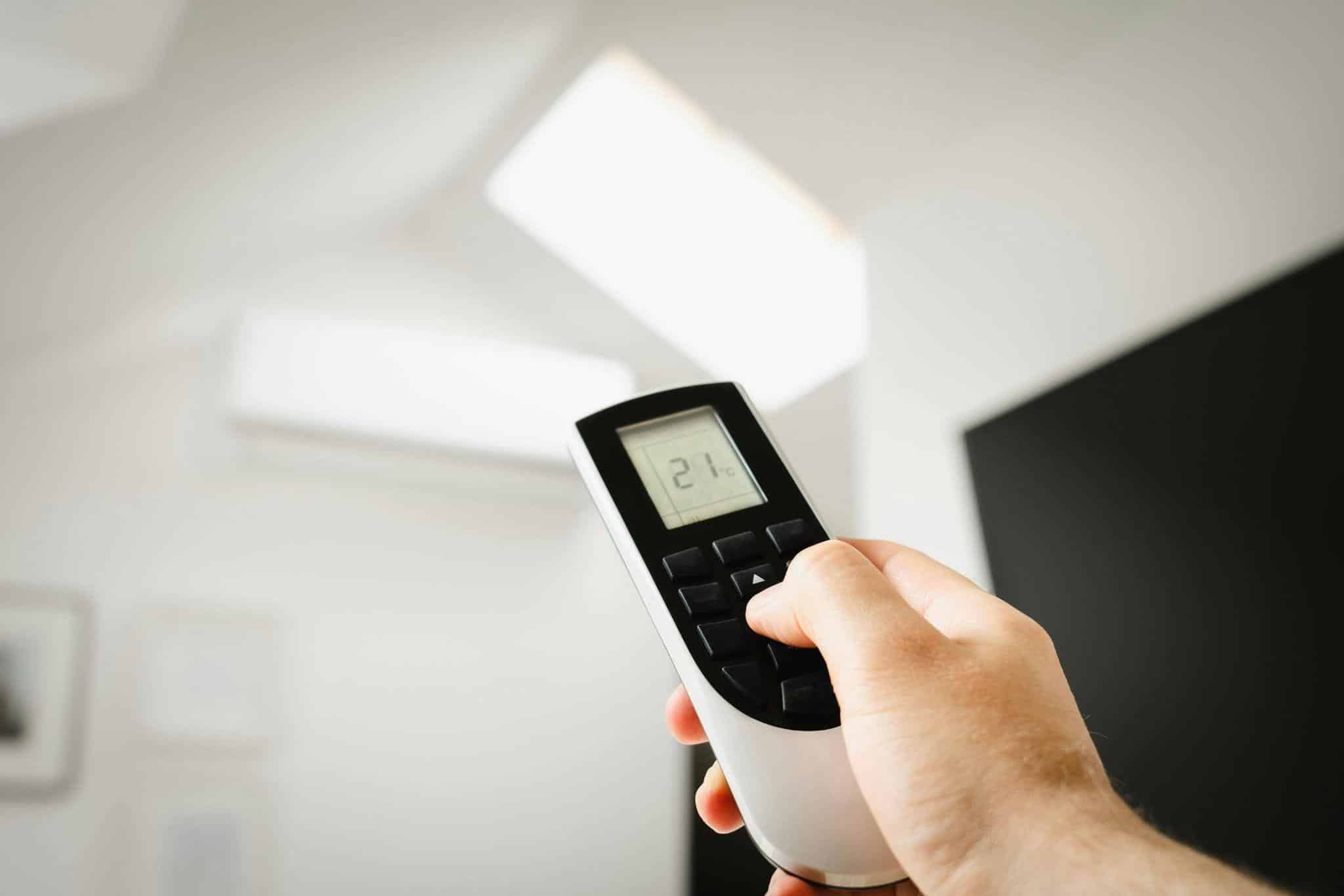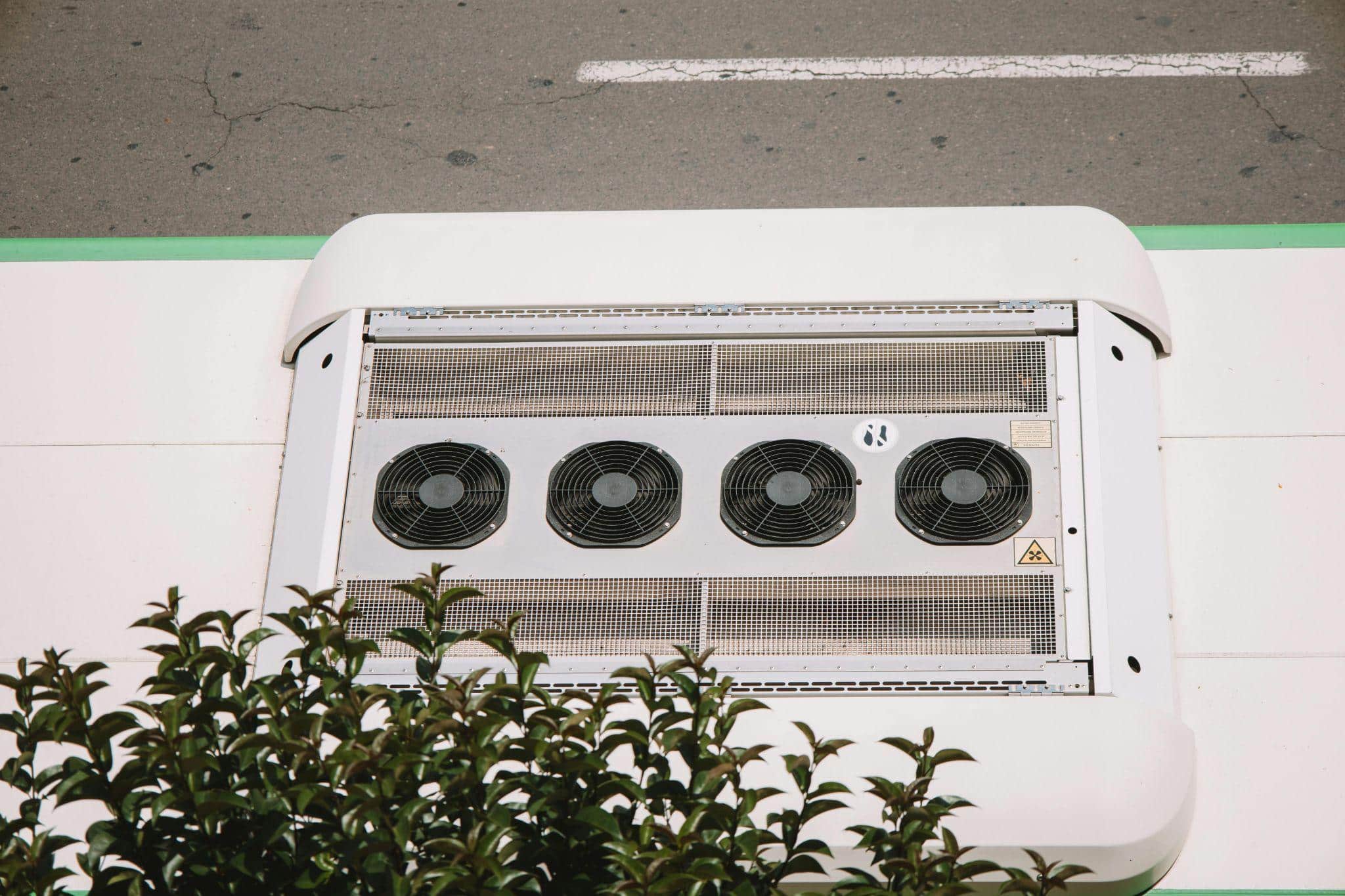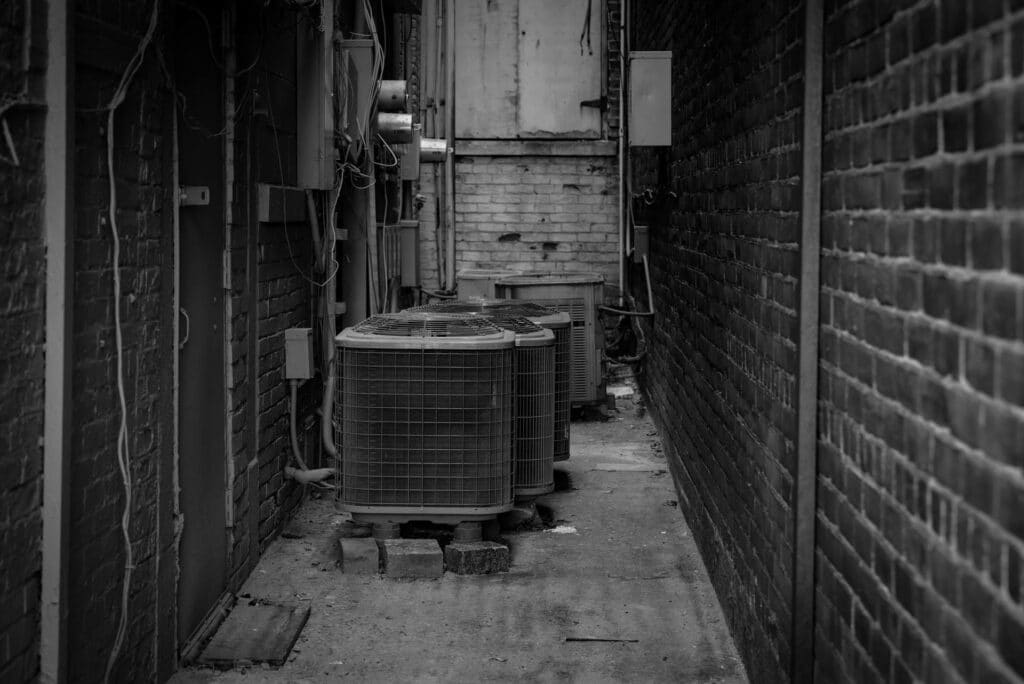The conversation about various brands and features, such as multi-stage compressors, elegant units, sophisticated model names, and clever thermostats, always begins when homeowners start looking for a new HVAC system. If the house isn’t employing the appropriate HVAC size, none of that counts.
For the simple reason that its capacity does not match the space it is attempting to heat or cool, a perfectly good system may perform poorly, malfunction early, or waste energy. That is why many homeowners turn to experts like Monster HVAC, not only for installation but also to ensure the system is designed for the home it will be going into.
Whether one is replacing a system or purchasing one for a new build, sizing is the most critical step in a process that, while perhaps not the exciting part for anyone, sets the stage for comfort, reliability, and energy efficiency long-term. Much more so than branding ever could.

Comfort Isn’t Just About Temperature
You can have the most technologically advanced HVAC unit available, but if it doesn’t move air properly, maintain steady run cycles, and keep humidity in check, it will never feel comfortable. A well-sized system runs long enough in order to move air throughout a space uniformly, eliminate hot and cold zones, and stop moisture from accumulating indoors.
If you’ve ever had a home where one room was always too cold, or the system shut off every few minutes, but still felt that wasn’t “just how HVAC works.” That was likely a proper HVAC sizing issue.
What “Sizing” Actually Involves
Getting the proper HVAC size is not just selecting a number from a chart. A system is “sized” based upon a full load calculation and not a guess. Using formulas-such as Manual professionals evaluate just how much heating or cooling your home really needs, not what the manufacturer suggests or some salesperson recommends.
Sizing properly involves consideration of:
- Square footage
- Insulation levels
- Sun exposure and window placement
- Local climate
- Air leakage and ductwork condition
- Building materials
- Layout and design of the home
This is where HVAC professionals earn their reputation. Companies like Comfort Monster don’t just sell systems; they check these details to ensure the system is built to succeed, not just installed and forgotten.
When the System Is Too Small: Constant Strain, Rising Bills
A system that’s too small runs constantly. Although this may seem to function “efficiently” at first, it quickly becomes clear that something is wrong. The house never fully attains the target temperature, the system operates for hours continuously, and energy expenses rise.
Signs of an undersized system include:
- Infinite Run Cycles
- Equipment that never seems to turn off
- Poor airflow
- Temperature fluctuations in extreme weather
- Operating noisily or under strain
And because the system runs all the time, parts wear faster. It will not instantly fail, but it will be prematurely aged, which in turn will mean more repairs sooner than you expected.
When the System is Too Large: Short Cycling and Poor Air Quality
Now, here’s the mistake that really catches people off guard: oversized systems are even worse. A system that’s too large will heat or cool the home too quickly, and the unit will then stop and start constantly. That behavior, called short cycling, creates several problems:
- It never runs long enough to properly dehumidify the air.
- Rooms feel icy or drafty instead of being evenly comfortable
- Air filtration and ventilation suffer.
- Noise tends to be louder on account of increased airflow speed
This often leads to hidden HVAC performance issues, such as humidity problems, mold, poor air quality, high operating costs, and eventually, internal components being damaged. Bigger is not better; it’s wasteful and uncomfortable unless it was carefully calculated.
Why the Best Brand Still Fails if the Size Is Wrong
You could purchase the most expensive, whisper-quiet, top-rated brand on the market and still be uncomfortable. The system will only ever perform as well as it was designed to. HVAC sizing is the foundation. Everything else, efficiency, comfort, durability, and even noise, depends on it.
That’s why homeowners often think their system “didn’t live up to expectations.” In reality, the brand isn’t the problem; the math behind the installation is.
How to Ensure Your HVAC System Is Correctly Sized
Instead of guessing, here is what to do when planning for a new system:
- Ask your contractor for a Manual J calculation.
- If they cannot explain how they’re sizing your system, that’s a big red flag.
- Make sure they take your house as a whole, not just its square footage.
- A small, well-insulated home may require less capacity than a larger, but outdated one.
Avoid “rule of thumb” recommendations. “1 ton per 500 square feet” is outdated and usually incorrect. Trust the companies that ask questions and take measurements. Good contractors and yes, companies like Comfort Monster take the time to check on insulation, ductwork, and pressure levels because they know long-term comfort depends on design and not guesswork.
Conclusion

HVAC sizing isn’t the flashiest topic, but without question, it’s the most important. A well-sized system provides comfort, efficiency, clean air, and longevity that cannot be substituted by a name-brand system or new technology if the system isn’t properly sized. This makes it an area of the system that requires make-or-break-it attention on the part of the homeowners and not just a footnote.
Have you ever used a system that worked well on the technical side of things but never seemed right? Have you ever had the experience of replacing or fixing a system because it just wasn’t properly sized when first installed? Let’s hear your experiences!

